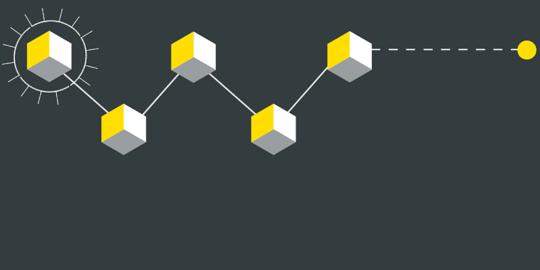| Telecoms stakeholders and other interested parties have until 22 September 2020 to convey their views on the European Commission draft Act setting voice termination rates. This follows the launch of a public consultation on 25 August. The draft Act focuses on voice calls between two subscribers who each use different telecoms operators since they require both operators’ networks. The operator who serves the calling subscriber is called the originating operator, and the operator who serves the called subscriber is called the terminating operator. The terminating operator must connect the call from the point of interconnection with the originating operator in its network, up to the device of the called subscriber. This service is called voice call termination, and it can be provided only by the operator serving the called subscriber, i.e. the terminating operator. Wholesale termination rates are the rates which operators charge each other for the termination of voice calls on their networks. In essence, each operator is a monopolist for the calls terminating on its network. Therefore, the Commission is concerned that the terminating operator may set excessive terminating rates for other operators, which are likely to result in higher retail prices for consumers. The European Electronic Communications Code requires the Commission to adopt a Delegated Act setting a single maximum Union-wide mobile and fixed voice termination rate (together referred to as “Eurorates”) by 31 December 2020. The Code set out the general principles, criteria and parameters that the Commission has to use in setting the Eurorates. The main principle is that the maximum rates should be based on the costs of an efficient operator. Wholesale termination rates are currently regulated in each Member State by the respective national regulator. In 2009 the European Commission adopted the Termination Rates Recommendation. This non-binding document encouraged national regulators to adopt termination rates based on the costs of an efficient operator. However, due to the non-mandatory character and the different models used by regulators, national rates diverged significantly. By setting two uniform Eurorates, the Commission aims to advance the key policy objectives set out in the Code: promoting competition and citizens’ interests and contributing to the development of the Internal Market. In the Delegated Regulation, the Commission sets out maximum rates which will be applicable to any operator providing voice call termination services in the EU. Under specific circumstances, the rates will also apply to calls originating outside the EU. The Commission proposes EUR 0.2 cent per minute for mobile calls and EUR 0.07 cent for fixed calls, with several derogations for specific Member States. The Regulation includes a three-year plan for countries with significantly higher mobile rates to adapt to lower rates gradually. The fixed rates are due to be uniformly applied in the Union by 1 January 2022. For further information contact Pauline Van Sande |

3 min to read
Stakeholder views sought on draft Act on voice termination rates
Authors
Date
09 September 2020



